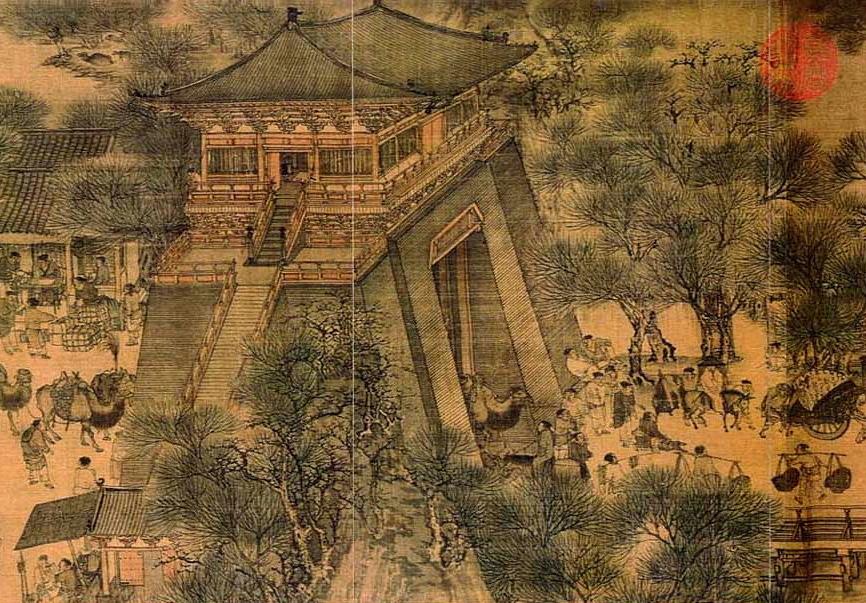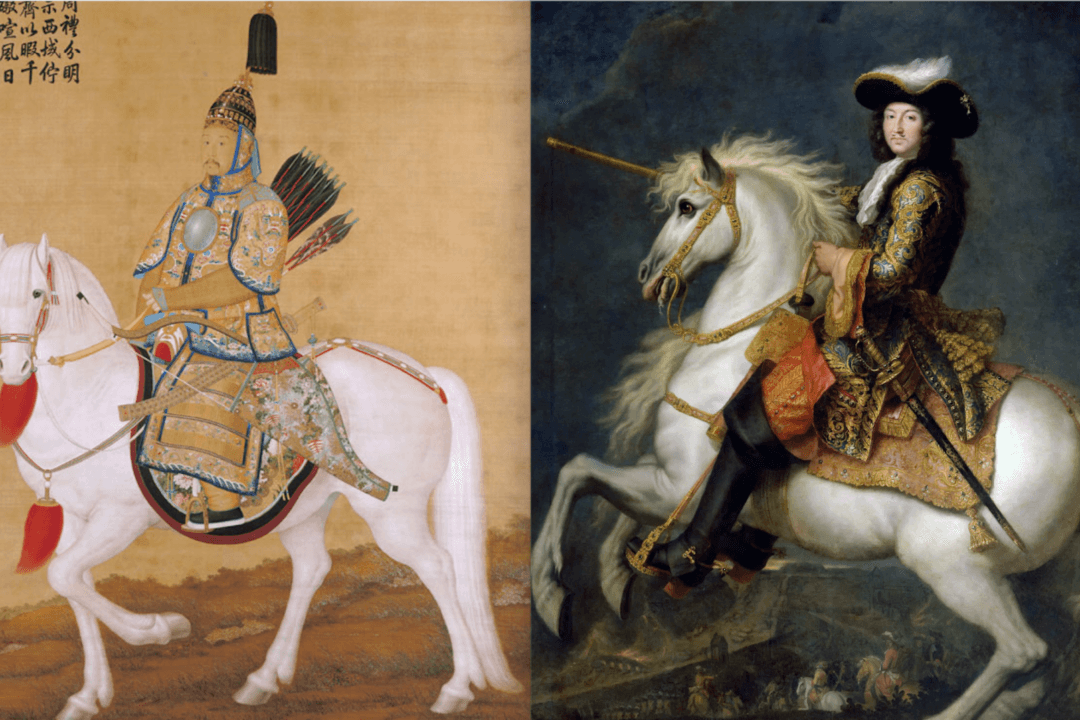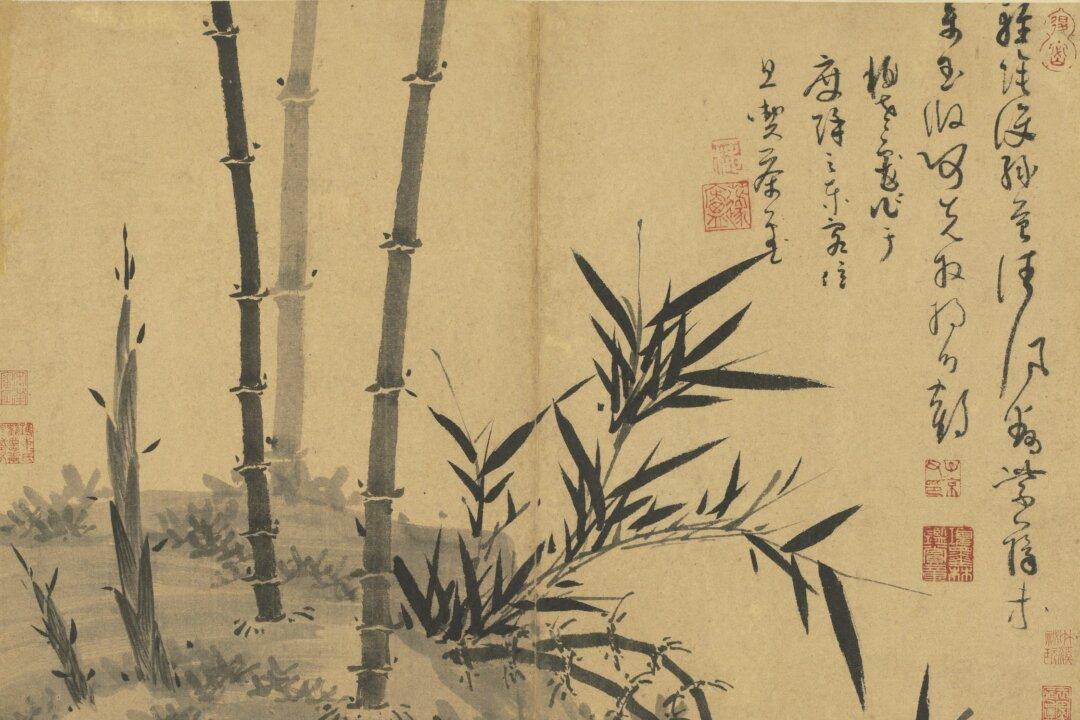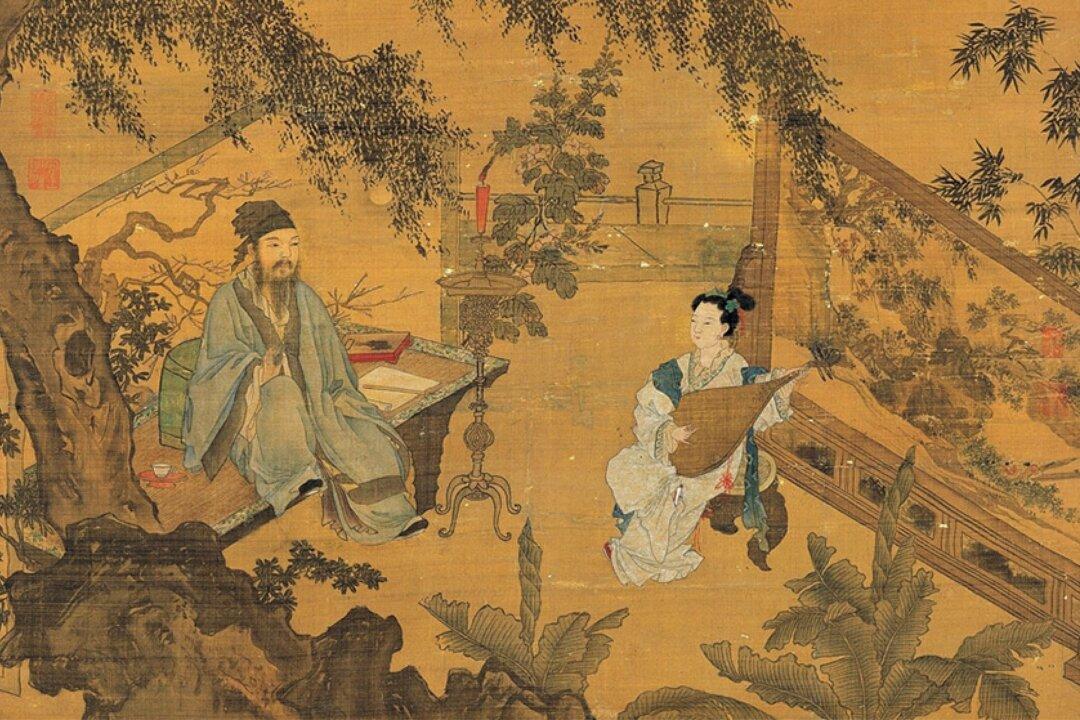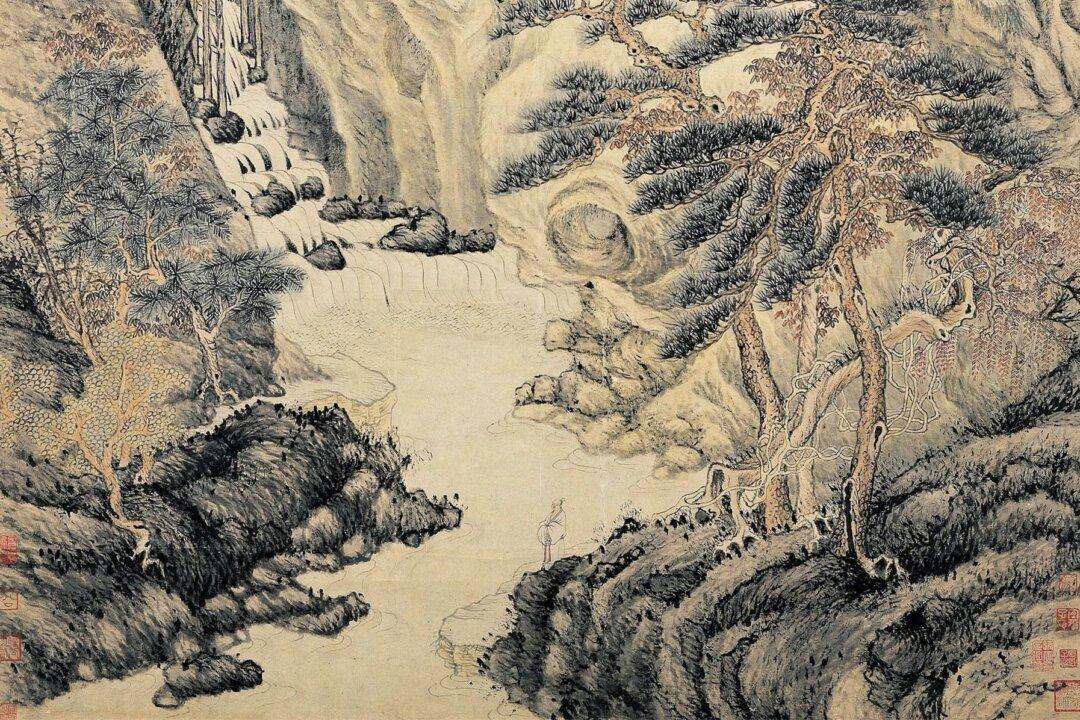In his “Along the River During the Qingming Festival,” Zhang Zeduan (1085–1145) presents each house, boat, shop, or food stall in such vivid detail and depicts people from different walks of life that the ancient Chinese might have tried to picture themselves in the scroll while they were viewing it. For us in the 21st century, it offers a cinematic entry into the distant past and a chance to reflect on what urban landscapes encompass.


